Dirk Koetter spoke with the press on Monday afternoon, roughly 24 hours after the Tampa Bay Buccaneers won their third straight game and snapped the Seattle Seahawks' own three-game winning streak. In the interim, Koetter had an opportunity to review the tape from that game and gain a more detailed understanding of how the Bucs pulled off a 14-5 win over NFC West's first-place squad.
So, upon further review, here are a few things Koetter and the rest of us learned from – and/or what new questions were raised by – the Buccaneers' Week 12 victory against Seattle.
1. As satisfying as Sunday's win was, review of the game tape left Koetter a little frustrated by missed opportunities on offense.
A behind-the-scenes look at the Buccaneers' game against the Seahawks.
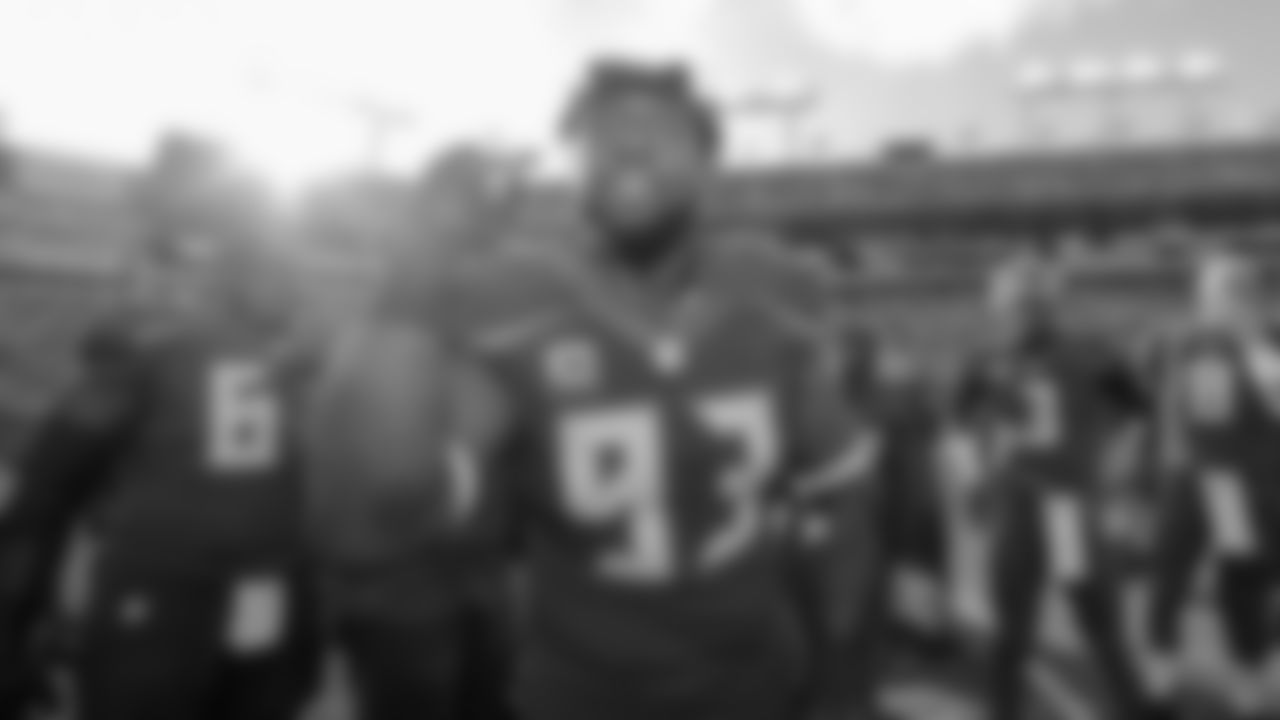
93 DT Gerald McCoy

54 LB Lavonte David

Bucs fan

21 CB Alterraun Verner

13 WR Mike Evans

Bucs fans

Bucs vs. Seahawks

Bucs vs. Seahawks

68 C Joe Hawley

Bucs vs. Seahawks

98 DT Clinton McDonald

Bucs vs. Seahawks
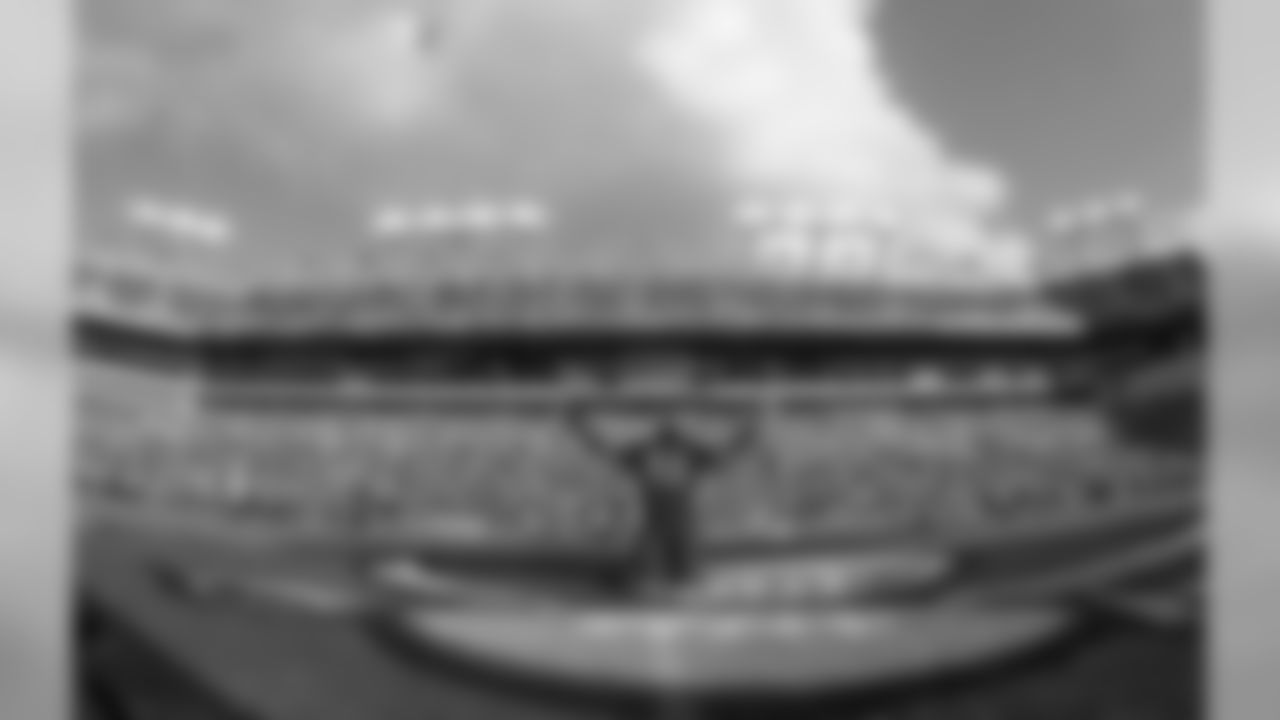
93 DT Gerald McCoy

22 RB Doug Martin
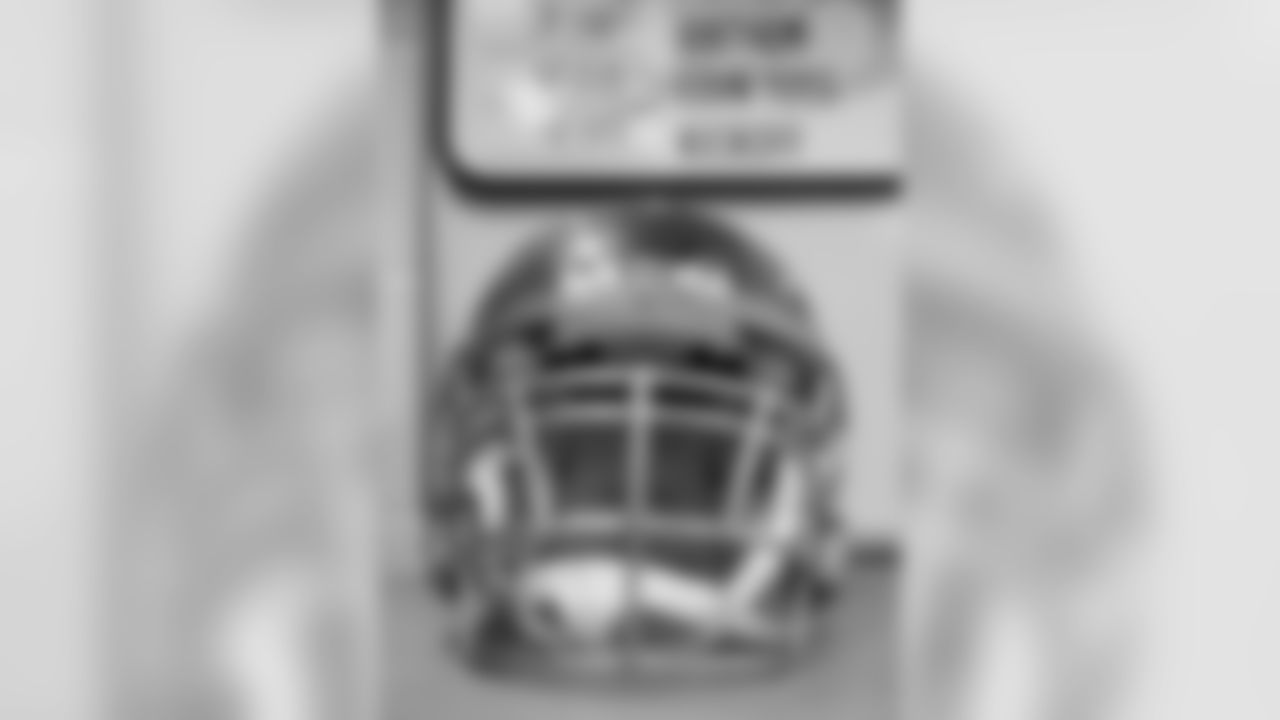
Bucs vs. Seahawks

76 OT Donovan Smith and #78 OT Gosder Cherilus

3 QB Jameis Winston

64 OT Kevin Pamphile, #69 OT Demar Dotson, and #68 C Joe Hawley

Head Coach Dirk Koetter
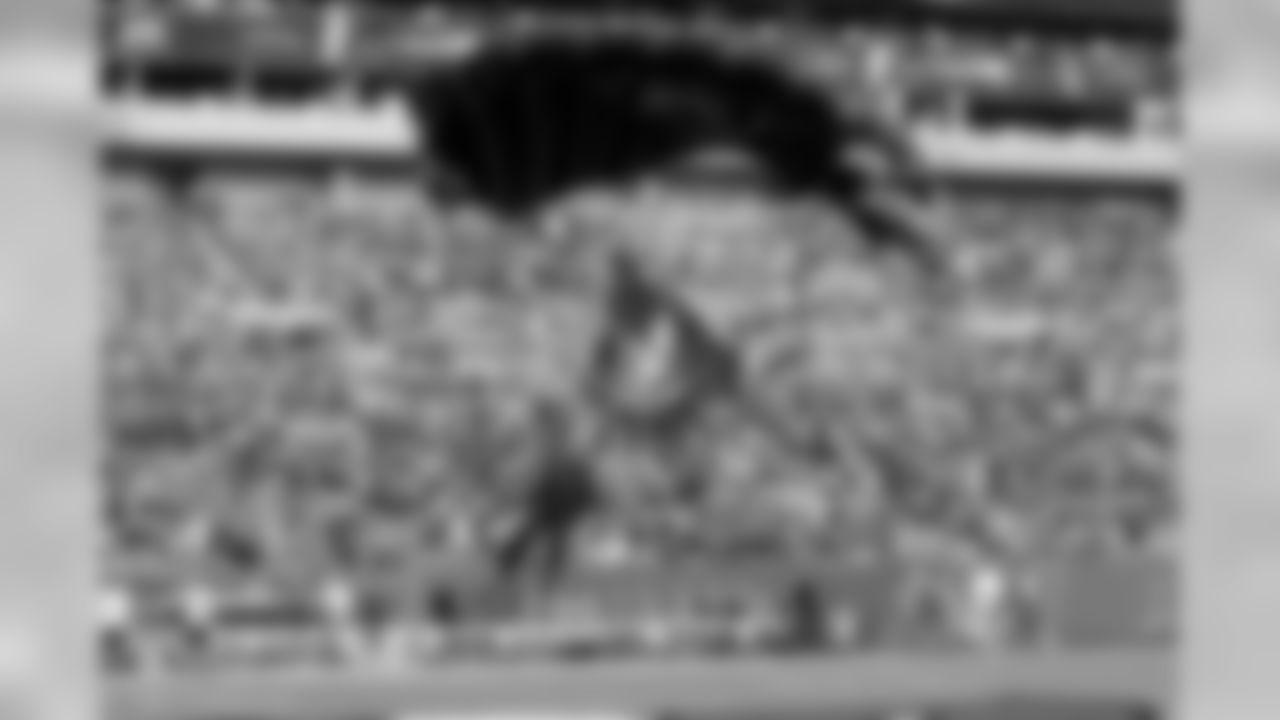
Bucs vs. Seahawks
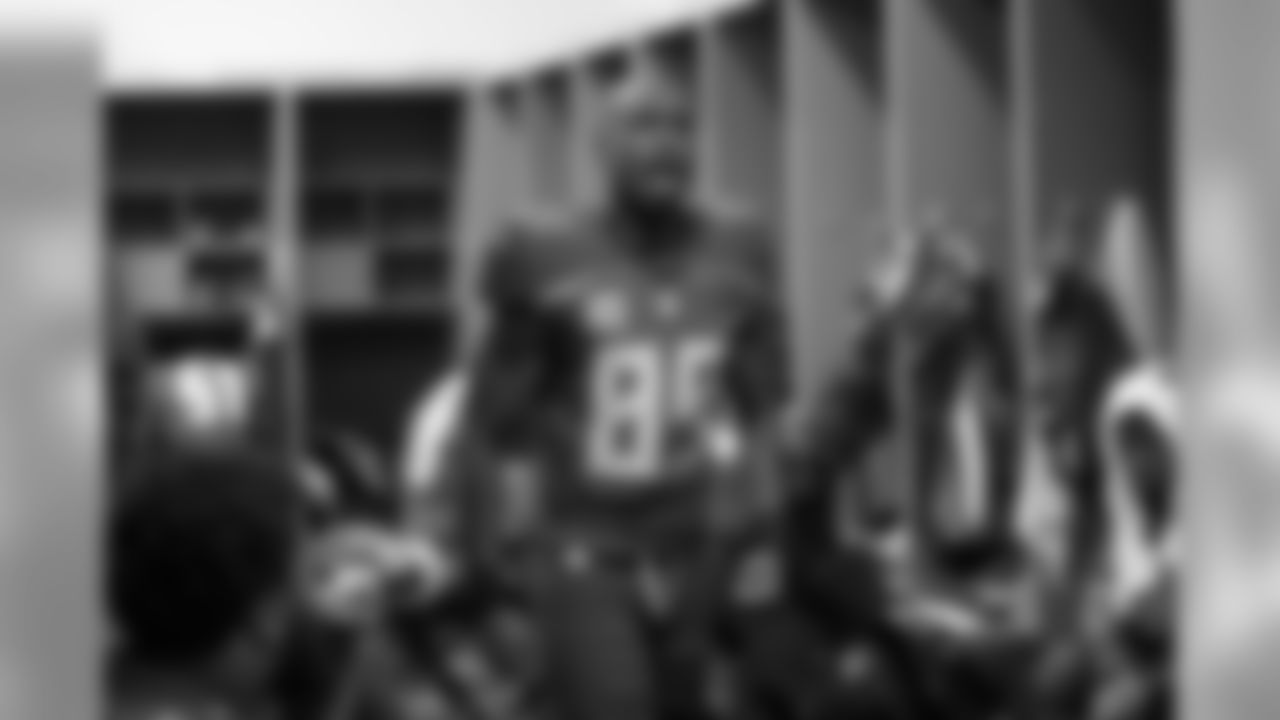
89 WR Russell Shepard

93 DT Gerald McCoy

Bucs vs. Seahawks

29 DB Ryan Smith

21 CB Alterraun Verner and #68 C Joe Hawley

Bucs vs. Seahawks

Bucs vs. Seahawks

Bucs vs. Seahawks

35 CB Javien Elliott

76 OT Donovan Smith

26 CB Josh Robinson

53 LB Adarius Glanton

69 OT Demar Dotson

Bucs vs. Seahawks

22 RB Doug Martin

11 WR Adam Humphries
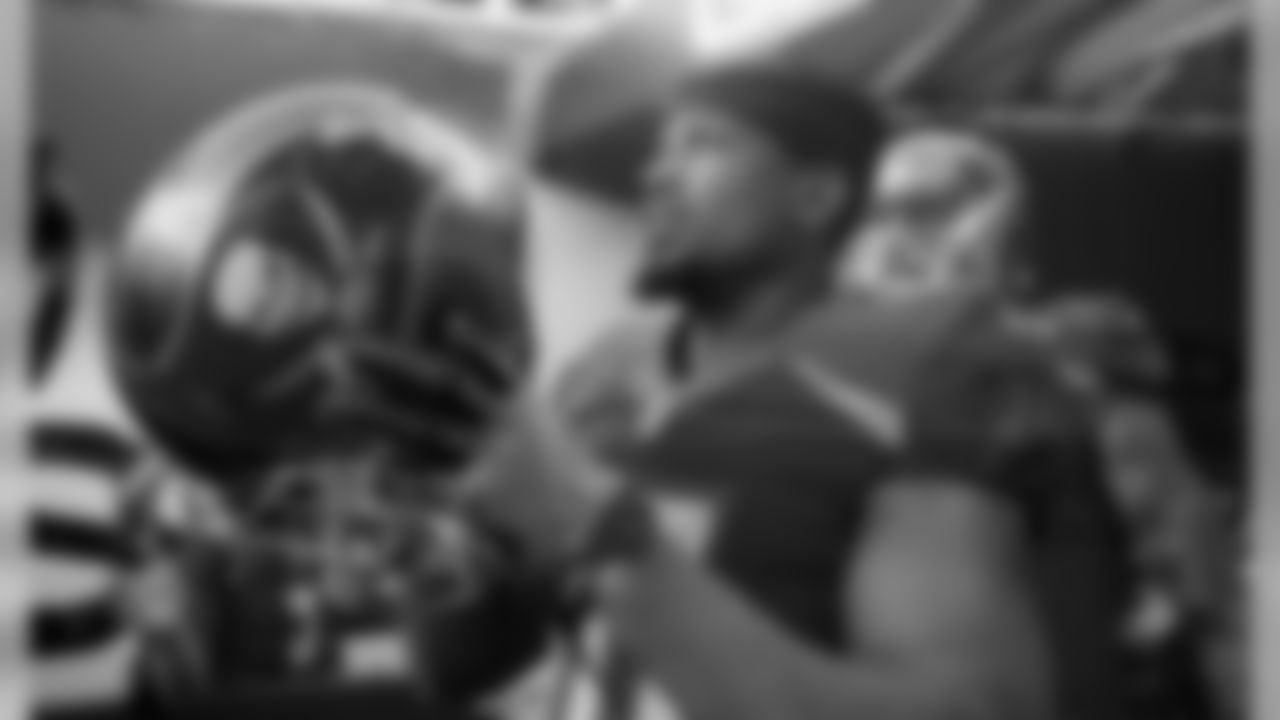
10 WR Cecil Shorts

Bucs vs. Seahawks

13 WR Mike Evans

88 TE Luke Stocker

3 QB Jameis Winston

3 QB Jameis Winston

37 S Keith Tandy

Bucs vs. Seahawks

Bucs vs. Seahawks

54 LB Lavonte David, #68 C Joe Hawley, #64 OT Kevin Pamphile, #89 WR Russell Shepard, #21 CB Alterraun Verner, and #93 DT Gerald McCoy

3 QB Jameis Winston

Head Coach Dirk Koetter

Bucs fans

13 WR Mike Evans

13 WR Mike Evans

13 WR Mike Evans

10 WR Cecil Shorts, #13 WR Mike Evans, and #43 RB Peyton Barber

13 WR Mike Evans and #3 QB Jameis Winston

Bucs' Cheer Captain Chelsea chosen to represent the team at the Pro Bowl

Bucs Cheerleaders

96 DE Ryan Russell

58 LB Kwon Alexander

21 CB Alterraun Verner

21 CB Alterraun Verner

21 CB Alterraun Verner and #54 LB Lavonte David

21 CB Alterraun Verner

Bucs vs. Seahawks

92 DE William Gholston

Bucs vs. Seahawks

58 LB Kwon Alexander
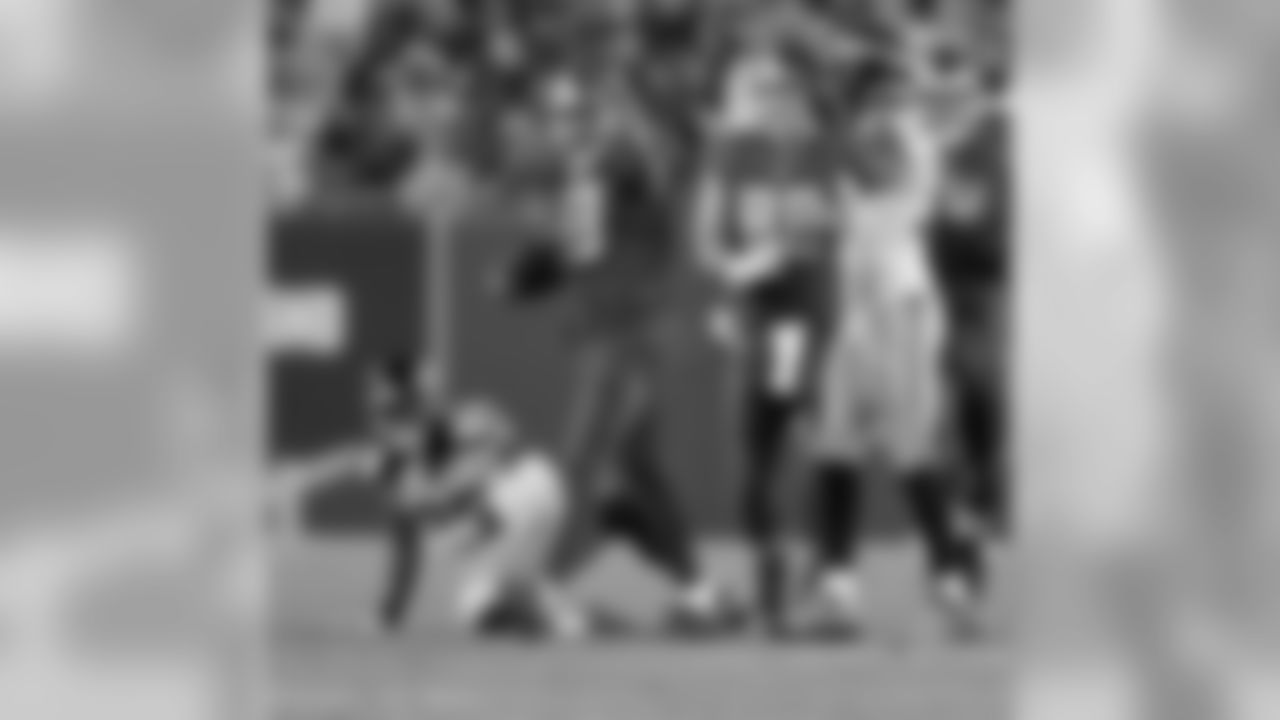
13 WR Mike Evans
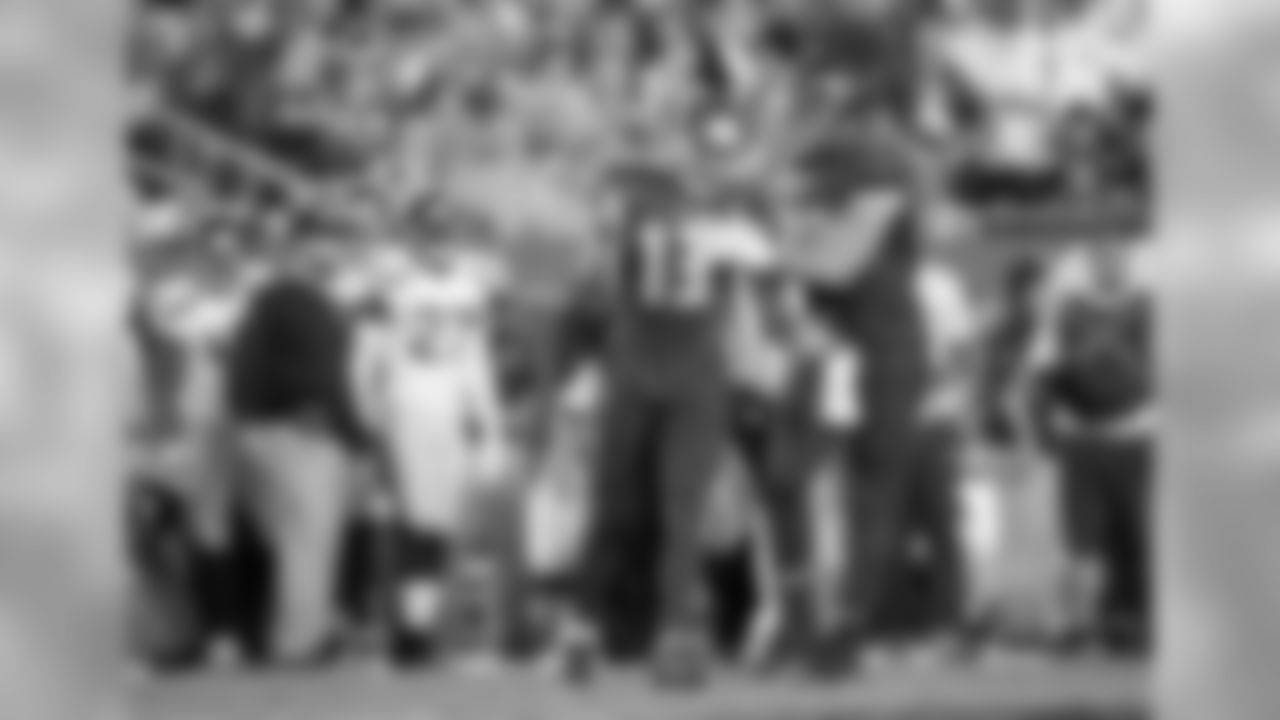
13 WR Mike Evans and #88 TE Luke Stocker

Bucs Cheerleaders

58 LB Kwon Alexander

Bucs vs. Chiefs

96 DE Ryan Russell, #28 CB Vernon Hargreaves, #30 S Bradley McDougald, and #24 CB Brent Grimes

Bucs defense

54 LB Lavonte David

54 LB Lavonte David

Bucs Cheerleader Kelly

93 DT Gerald McCoy

Bucs defense

30 S Bradley McDougald

54 LB Lavonte David, #30 S Bradley McDougald, and #93 DT Gerald McCoy

General Manager Jason Licht and #89 WR Russell Shepard

48 LS Andrew DePaola and #30 S Bradley McDougald

58 LB Kwon Alexander

93 DT Gerald McCoy

52 LB Cameron Lynch

Head Coach Dirk Koetter

Head Coach Dirk Koetter

21 CB Alterraun Verner

64 OT Kevin Pamphile and #35 CB Javien Elliott

3 QB Jameis Winston

3 QB Jameis Winston

64 OT Kevin Pamphile

Head Coach Dirk Koetter and General Manager Jason Licht

3 QB Jameis Winston

Special Teams Coordinator Nate Kaczor, General Manager Jason Licht, Head Coach Dirk Koetter, #3 QB Jameis Winston, and #45 TE Alan Cross

Head Coach Dirk Koetter, #3 QB Jameis Winston, #93 DT Gerald McCoy, and #70 DE Sealver Siliga

Head Coach Dirk Koetter and #3 QB Jameis Winston

21 CB Alterraun Verner and Head Coach Dirk Koetter

21 CB Alterraun Verner, #54 LB Lavonte David, #64 OT Kevin Pamphile, and #93 DT Gerald McCoy

21 CB Alterraun Verner

64 OT Kevin Pamphile
The Buccaneers have won three games in a row and the only teams with longer active streaks in the NFC are Dallas (10 games) and the New York Giants (six). Tampa Bay has climbed to the cusp of the conference playoff field and is within a game of first place in the NFC South. All of that should make the Buccaneers' resume look pretty good to their next opponent, the San Diego Chargers.
As Koetter and his coaches know, however, their counterparts in San Diego aren't focused on the Buccaneers' strengths right now. Charger coaches are breaking down the same tape that Koetter just watched looking for weaknesses, and Koetter knows they will find some, particularly on offense.
"Anytime you win, everybody feels great about it, but there are always stories going on behind the scenes," he said. "San Diego's looking at all our deficiencies right now and we're not going to win very many games scoring 14 points. Last night, our defense ruled the day. Our defense stole the show and deservedly gets the credit. But the flip side of that is, we need to take advantage of our opportunities and that was a game we probably should've scored at least 28 points."
The Bucs were halfway to that mark before the game was 12 minutes old. Their first two possessions ended in touchdown catches by Mike Evans, which qualified as the team's hottest start to a game since 2012. However, the home team never scored again despite three takeaways by the defense, a seven-minute edge in time-of-possession and an average drive start of its own 33 as compared to the Seahawks' average start of their own 21.
"We executed really well on those first two drives," said Koetter. "We have a ton of respect for what Seattle does on defense, [they're] one of the best and they have been for a long time. When I looked at the tape today, even though I still give a lot of credit to Seattle's defense, I'm a little disappointed. I'm a little disappointed offensively that we didn't [score more]. We had some other good scoring opportunities. I've said many times this year about our offense putting our defense in bad field position. In this game, our defense put our offense in good field position and we had some good opportunities to finish and we didn't."
A week after an incredible 11-of-16 performance on third downs in Kansas City, the Bucs converted their first three third down tries against Seattle on those sharp opening drives. They converted only one of their next eight, however, and never posted more than two first downs on any of their last 10 possessions. That was a bit surprising given the strong play of the offensive line (zero sacks allowed) and Jameis Winston's career-best 75% completion percentage. One of the key problems amid those successful notes was a lack of big plays on the ground. If the Bucs are going to get more points out of an offense that has mostly moved the ball efficiently, they're going to need more of the big runs Doug Martin provided so commonly in 2015.
"We were close a couple of times and then we were really rolling with our offensive line there in the fourth quarter and then we'd always make some mistake, whether it'd be a fumble or something else that would set us back," said Koetter. "But our run game is still not where it can be. I thought our offensive line did a nice job; Seattle's tough up front. But there was always just one little thing here or there. We missed a cut, we missed a block on the backside, we could've finished better. For us to achieve what we want to achieve, what we think we're capable of achieving, we need to run the ball better."
2. Rookie DE Noah Spence continues his steady improvement, particularly against the run.
Spence has 3.5 sacks and three forced fumbles in the Buccaneers' last six games and his now just a half-sack behind Jacksonville's Yannick Ngakoue for the NFL sack lead among rookies. In Sunday's win, Spence combined with Gerald McCoy for a sack on Russell Wilson's very first drop-back, then later added another takedown of Wilson on a third-down near midfield.
Spence's share of the playing time at defensive end has grown as the season has progressed, too, first out of necessity and now because of his production, and that includes his work in run defense. Spence averaged 21 snaps per game over the first five weeks but has been on the field for about 43 snaps per game during the last six contests.
Counterintuitively, Spence's workload increased after he got hurt. The rookie defender suffered a shoulder injury in Week Four and faced a decision of ending his season or playing with a harness on. Not only did he go the latter route, helping immensely during a time when many of his fellow linemen were out with injuries, but he quickly began to improve against the run.
"He started playing the run better after he put the harness on," said Koetter. "And then [there was] the fact that we had multiple injuries at defensive end and we kind of had to throw him out there. We were sort of planning on him as only [playing] in pass-rush situations, but there was a little stretch there where we didn't have many bodies. And he's gotten a lot better against the run.
"And then confidence, his confidence, his high. When you get a sack in the first series on Russell Wilson…and then it was on after that. They typically are not a big help-protection team, they usually just leave their lineman. They do a lot of empty and so a lot of times that O-line doesn't have help and our D-line did a great job of getting pressure all night."
However, Koetter also stressed that Spence is still learning the NFL game, which explains his steady improvement. Koetter said Spence may have had an opportunity for a couple more sacks if he had remembered the film-study lesson that Wilson likes to escape pressure by spinning to his left.
"We talk about Jameis' growth process all the time and Jameis is 27 games in – Noah's only 11 games in," Koetter pointed out. "I think that's something as time goes on, he'll learn, he'll learn how different quarterbacks have different escape routes. I don't think [San Diego quarterback] Philip Rivers is going to be a big spin-out-to-his-left guy, he's going to be more in the pocket. But I think that's just things you've got to learn."
3. Koetter's obvious displeasure at the end of the first half Sunday was not caused by the officials' decision not to stop the clock.
The first half of the Bucs' win on Sunday ended in some confusion, with the Raymond James Stadium crowd voicing its discontent rather loudly. The final play of the second half was a short pass to Cameron Brate near the right sideline, with linebacker K.J. Wright knocking the Buccaneer tight end out of bounds at the Seattle 30-yard line. To the surprise of many – but not Koetter – the clock did not stop when Brate went out of bounds and the Bucs ran out of time before they could spike the ball and bring on their field goal unit.
Referee Bill Vinovich explained in a brief postgame pool report that the clock continued to run because Wright's hit stopped Brate's forward progress while he was still inbounds. Koetter, who had a lengthy discussion with the officials on the way to the stadium tunnel, did not have an issue with that ruling.
"The rule was enforced fine," said Koetter. "In the NFL, if a player's going sideways and he's being contacted when he's going out of bounds, they're going to wind the clock. Of course, we practice it every week."
Yet Koetter was clearly unhappy with the end-of-half sequence, and on Monday he explained why.
VOTE NOW: 2017 Pro Bowl
"My issue was with what took them so long to spot the ball," he said. "We were hustling – 15 seconds on the previous play, you're right on the border. That was only a five-yard pass – it was actually a five-yard route, but by the time he ran it, it was about a two-yard route. So, I've seen teams clock it in as little as 10 seconds. And my issue was just, what took them so long to spot the ball?"
Koetter was simply seeking an explanation of the time it took to spot the ball after Brate's catch. He knows that the situation is complicated during a two-minute drill by the umpiring moving to a spot to behind the offense, for safety purposes.
"I had no issue with them winding the clock, my issue was, why didn't we get the ball spotted?" said Koetter. "That's execution. Their mechanics, I get the mechanics; it's the execution of the mechanics that I was trying to get an explanation for."






















